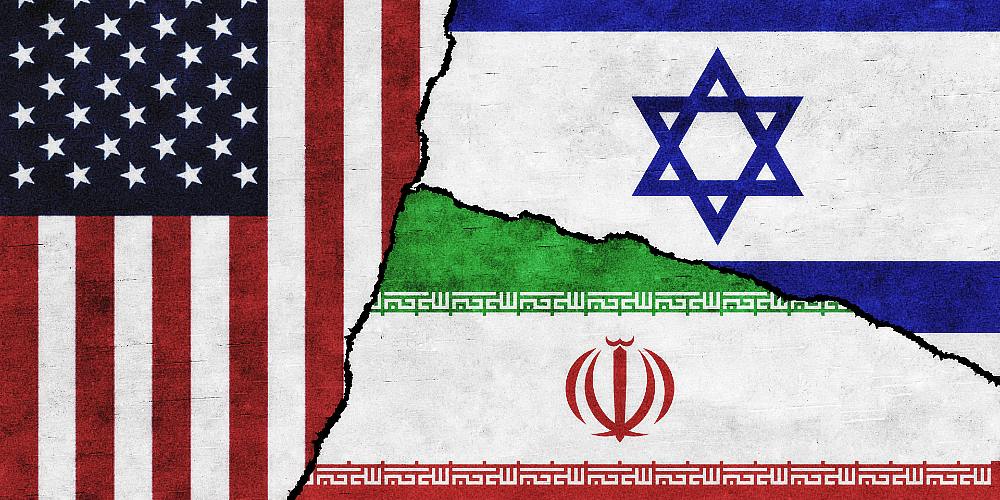Iran appears to be on the verge of attacking Israel directly. This will be the second time they have attacked this year following a series of drone and missile strikes on April 13. Rumors of war percolate as both sides have vowed to escalate beyond a single-day skirmish.
Secretary of Defense Lloyd J. Austin III communicated with his Israeli counterpart, Yoav Gallant, to reaffirm U.S. backing for Israel as tensions escalate with Iran and its proxies, raising the specter of a broader regional conflict following ten months of fighting against Hamas militants in the Gaza Strip.
During their conversation, Austin and Gallant discussed U.S. military positioning adjustments aimed at reinforcing defenses for U.S. troops in the region, supporting Israel’s defense, and deterring and defusing broader regional tensions, as per a statement from the Pentagon.
This discussion took place as Israeli Prime Minister Benjamin Netanyahu informed a Cabinet meeting that Israel is already engaged in a “multi-front war” with Iran and its proxies.
Tensions in the region have reached unprecedented levels following the recent killing of a senior Hezbollah commander in Lebanon and Hamas’ top political leader in Iran. Both Iran and its allies have pointed fingers at Israel and threatened retaliation. Hamas has begun the process of selecting a new leader.
Netanyahu stated that Israel is prepared for any scenario. In a rare move, Jordan’s foreign minister traveled to Iran as part of diplomatic efforts, with the aim to quell the escalation.
Meanwhile, Secretary of State Antony Blinken reportedly informed his counterparts on Sunday that Iran and Hezbollah might launch attacks against Israel as early as Monday, according to Axios.
Gen. Michael Erik Kurilla, head of the U.S. Central Command (CENTCOM), is expected to arrive in Israel on Monday to coordinate preparations for the anticipated attack, according to the Times of Israel.
President Biden is also set to convene with his national security team in the situation room on Monday to discuss the Middle East situation, as reported by Reuters.
In Israel, some have prepared bomb shelters, recalling Iran’s unprecedented direct military assault in April following a suspected Israeli strike that killed two Iranian generals. Israel claimed that nearly all the drones and ballistic and cruise missiles were intercepted.
“For years, Iran has been arming and financing terrorist organizations across the Middle East, including smuggling explosives into Israeli territory for terror attacks against civilians,” IDF Spokesperson Rear Admiral Daniel Hagar said in a statement. “The IDF and ISA have already thwarted numerous attacks in which Claymore type explosives were smuggled into the country’s territory. We are determined to continue acting against Iranian terrorism wherever it may be.”
The war in Gaza was sparked by Hamas’ October 7 attack on Israel, which resulted in the deaths of approximately 1,200 people, mostly civilians, and the abduction of around 250 individuals. Israel’s ongoing counteroffensive has been brutal as they seek to completely eliminate Hamas, which has embedded itself among citizens of Gaza, using them as human shields.
The militant group Hezbollah and Israel have continued to exchange fire along the Lebanon border since the war began, with the intensity increasing in recent months. Hezbollah stated that its actions are intended to alleviate pressure on fellow Iran-backed ally Hamas.
Article generated from multiple corporate media reports.




